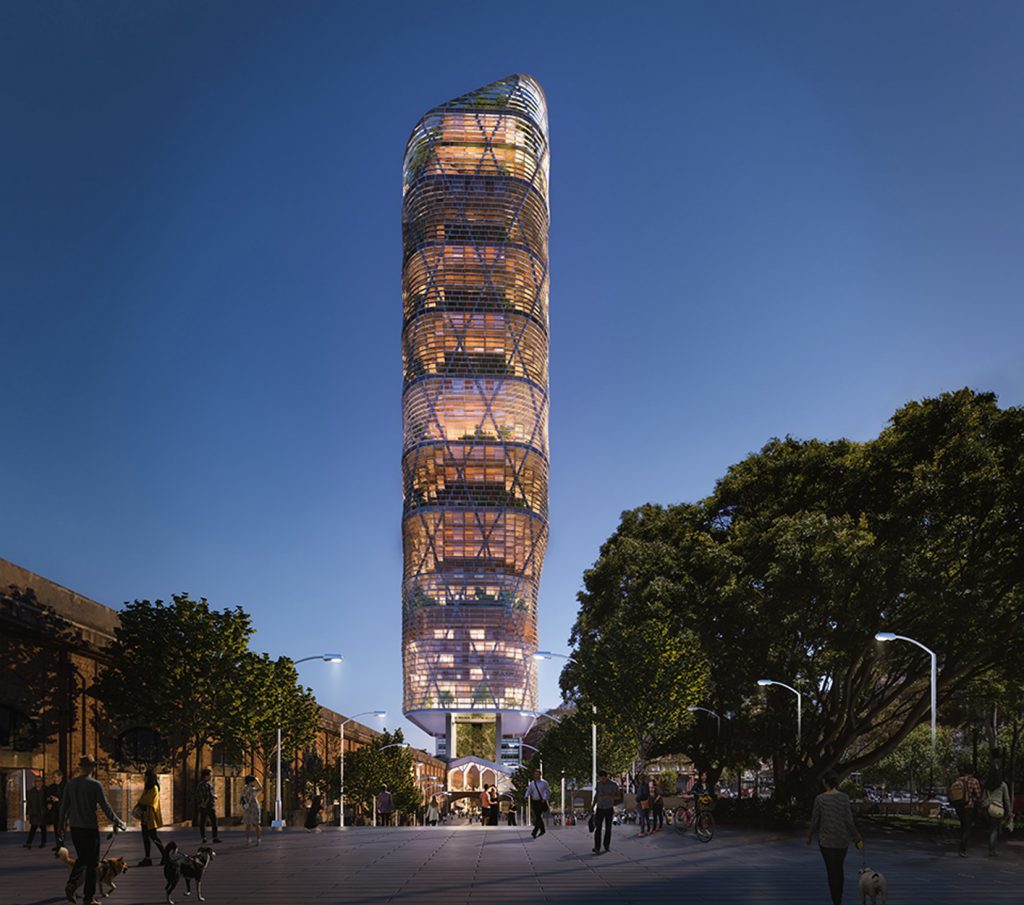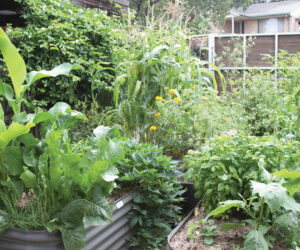Atlassian Sydney headquarters to be world’s tallest hybrid timber building
Atlassian has announced plans to build the world’s tallest hybrid timber building for its new headquarters in the tech precinct at Central Station.
The new building will be home to thousands of technology workers when complete in 2025.
After an extensive global search, Atlassian has chosen New York-based SHoP architects, and Australian practice BVN as the design team.
Their groundbreaking design of timber, with a glass and steel façade will include a mix of outdoor and indoor spaces and will use an energy-efficient approach that features natural ventilation and large, planted terraces giving access to nature. The building will be approximately 40 storeys high.
In line with Atlassian’s commitment to operate on 100 per cent renewable energy and reach net zero emissions, the project will target:
- 50 per cent less embodied carbon in construction compared to a conventional building
- 50 per cent less energy consumption compared with a new, conventionally-operated building and solar panels in the vertical façades, to generate green power on-site
- The building will operate on 100 per cent renewable energy from day one and include solar panels built into the façade
It will completely regenerate Central Station as part of the NSW Government’s plan to build a new tech precinct attracting 25 000 workers. Atlassian is the first anchor tenant to sign up to the precinct plan.
Construction of the Atlassian headquarters will generate 2500 additional jobs and add almost one billion dollars a year to the Australian economy. Once complete, 4000 Atlassian staff will use the building. The existing YHA at the site will be revitalised and incorporated into the lower levels of the new building. The existing heritage parcel shed will also be incorporated into the development.
The building is leading edge in its application of Mass Timber Construction (MTC). MTC is one of the most hopeful technologies in moving the construction industry toward real solutions to the global climate crisis. The novel hybrid timber structure is significantly lower in embodied carbon and offers a substantial reduction in the building’s carbon footprint. This is assisting Atlassian’s goal of achieving net zero carbon emissions by 2050.
In addition, the timber provides a warm and inviting environment for Atlassians and visitors. Measuring at approx. 180 metres / 590 feet high – this will be the tallest commercial hybrid timber building in the world.
SHoP/BVN found an elegant way to tie a structural element of the building to one of the building’s most aesthetic attributes – the façade. The tower includes a steel exoskeleton that supports the mega floors between neighbourhoods. The current design also incorporates an electricity-generating façade system with self-shade capabilities to reduce direct heat gain internally. Combined with the use of mass timber, the innovative facade enables the project to leverage Sydney’s temperate climate to help reduce carbon emissions and generate on-site energy.
Park spaces have been integral in the design of this workplace, creating a staggered outdoor garden in a Sydney high rise tower. Level 1 communal activities are located at the first of the elevated parks of the tower, providing protected outdoor spaces that will be comfortable all year round. Combined with the novel use of mass timber, the innovative facade enables the project to leverage Sydney’s temperate climate to reduce carbon emissions by 50 per cent over a 10-year period.
The lower floors of the tower will entail approximately 480 beds of Railway Square YHA accommodation, which offers more than just a place to stay, but a like-minded community of people within the building and the precinct. The Jury noted that the SHoP/BVN concept design demonstrated the strongest approach to the YHA through an integration with Atlassian, while still maintaining its own identity.
The Parcels Shed (the current YHA building) once coordinated the delivery and dispatch of parcels from Central Station from 1912 to the early 1980s. The current design intent is to reflect upon our past and create a new future by having the Parcels Shed integrate into the development and act as an inviting public space.
Development applications will be lodged in coming months with a plan to begin construction next year.




